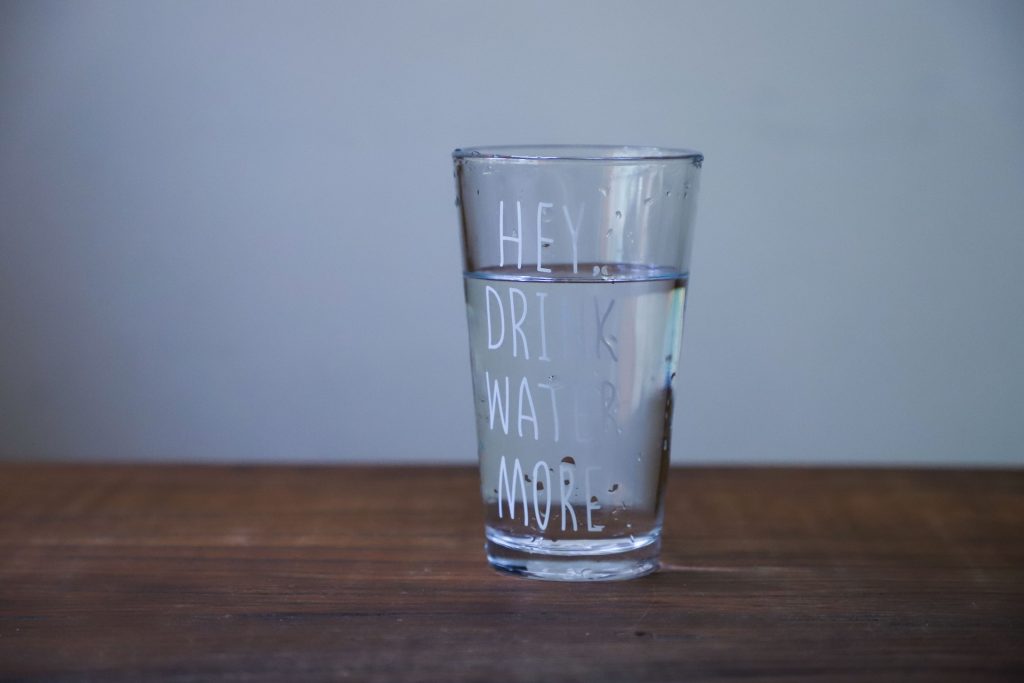Accessing Clean Water with the Help of the Travel Berkey Water Filter
People flock to America because they want access to necessities in life. However, certain communities in the country today lack access to clean water, as they have substandard or non-existent water systems. In fact, the problem is so bad the American Society of Civil Engineers gives the United States drinking water system a “D” for safety and quality. Which communities are most affected by a lack of clean drinking water?
Flint, Michigan
In 2014, Flint, Michigan, transferred the city’s drinking water supply from the system maintained by Detroit to the Flint River. It did so to save money, but problems quickly arose because of this move. City residents discovered there were major water quality and health issues with the water supply. However, government officials ignored their complaints.

Studies showed elevated blood lead levels in many children who lived in the city, and people fought back. They knew the Flint River was an unofficial waste disposal site for industrial facilities and the city’s waste treatment plant. In addition, toxins from local landfills and agricultural and urban runoff made their way into the river. These same contaminants then worked their way into the city’s water supply.
Most residents of the city are African-American and almost half live below the poverty line. Individuals have abandoned homes because of the state of the city. People did not want to expose their children to the high lead levels in the water. In addition, they were worried about Legionnaires’ disease, another water-borne illness many people in the city contracted after drinking the water.
While authorities have taken steps to rectify the situation in Flint, many people remain hesitant to drink water from the city supply. They won’t feel safe drinking this water until the city replaces all the lead pipes. Until this happens, everyone who plans to visit the city or resides there should carry a Travel Berkey water filter.
Pittsburgh, PA
Flint isn’t alone when it comes to water quality problems. Pittsburgh, for example, has approximately 17,000 homes that receive water through lead service lines. The city has a goal in place to replace all lead service lines by 2026, but residents must do something now to ensure they have safe water. Many people turn to water filtration devices for this purpose.
This problem was compounded by politics and inexperienced city leaders. Authorities lacked the money to make the necessary changes, and the money provided for this purpose was misspent. In fact, at one point, the Pittsburgh Water and Sewer Authority was weeks away from running out of money. The problem was so bad that authorities began discussing privatizing the entity.
The city has been able to turn this around, and lead pipes will soon be a thing of the past. However, there is a drawback to this. Experts predict residents will see skyrocketing water bills in the coming decades. In fact, they say these bills could double or triple in the next 20 years.
As a result, many people may find they still cannot access clean water, as they can’t afford to receive it from the Pittsburgh Water and Sewer Authority because of high costs. They may find they still need water filtration devices in the home and while on the go.
East Chicago, Indiana
East Chicago is situated on the USS Lead Superfund Site, which means the area’s water supply is contaminated along with the soil. In 2009, the USS Lead facility that operated in the city until 1985 landed on the National Priorities List of worst contaminated sites. However, the EPA had known about this problem since the facility’s closing. However, it chose not to do anything about it.
It wasn’t until decades later that the soil underwent testing and cleanup efforts commenced. In May 2016, city officials first saw the test results and realized the extent of the problem. The federal limit for lead is 400 parts per million. According to these tests, certain areas of East Chicago had level levels that exceeded 45,000 parts per million.
Under the Lead and Copper Rule, authorities must intervene when lead levels exceed a certain threshold. East Chicago definitely falls into the category where intervention was required. Residents began purchasing bottled water and filtration systems. However, in many cases, this wasn’t enough. Certain developments had to be torn down to address the lead in the soil, which would then leach into the drinking water. This meant residents of these developments were forced to find somewhere else to live.
Today, the city continues to offer help to residents with low-quality drinking water. For example, the city will replace lead service lines for residents who meet income guidelines. In addition, homeowners can receive a waiver of permitting fees when replacing these lines. More needs to be done, however, to ensure every resident in the area has access to clean water at all times. Water filtration devices can be of help until this day arrives.
Navajo Nation
The Navajo Nation remains the largest reservation on U.S. soil today. It spans over 27,000 square miles in three southwestern states, and roughly 300,000 Navajo Indians live here. The Navajo Aquifer supplies the reservation, but this water supply comes with concerns. The EPA released a study in 2016 that showed high levels of uranium and other pollutants in the supply. This led the agency to declare the water unsafe for human consumption.
The Navajo Nation Council has taken steps to develop a new water infrastructure and is partnering with the EPA to clean up contaminated sites on the reservation. However, this process will take time, and the Navajo people must use other sources to get clean drinking water. This may include the use of water filtration devices, bottled water deliveries, and more.
In addition, 40 percent of those living on the reservation lack running water. They get their water from wells or watering holes. A water filtration device ensures this water is safe for human use.
Airway Heights
Firefighting foam from Fairchild Airforce Base contaminated the water supply of Airway Heights, a suburb of Spokane. This foam left polyfluorinated alkyl substances in the groundwater, and these chemicals are known to be harmful to humans. As soon as the problem was detected, the city took measures to correct the problem. It immediately flushed the entire water supply to remove these chemicals.
However, ongoing testing shows there are still problems today. The city continues to get water from Spokane today, which was a measure taken when the problem was first discovered. In addition, it is working to buy water infrastructure, although it does not have all funding in place to start this construction project. Until this infrastructure is in place, residents should use water filtration devices to feel confident drinking the local water.
Brady, Texas
In 2018, news authorities reported on high radium levels in the city’s drinking water. In fact, this small town received more citations for water quality than any other locality in the entire country. This is notable because of the city’s small population. One problem is that small cities and towns lack the means to clean the water supply and ensure it is safe.
However, steps must be taken, as the city’s water has approximately twice the legal limit of radium, according to EPA standards. Children must bring drinking water to school because they can’t use the water fountains. Families often don’t want to drink the water at home because they say it may be orange, green, or brown. This is not the appropriate color for water when a person is putting it into their body.
Uniontown, Alabama
Coal ash is the source of water quality issues in Uniontown, Alabama. In 2002, the town’s landfill accepted four million tons of coal ash. This ash is known to have toxic levels of heavy metals, and residents worry that this uncontained coal ash could lead to problems with the groundwater.
In addition, the town has an outdated water system that regularly malfunctions. The waste treatment method, known as spray fields, was designed for a population of 1,000. Today, the town has approximately 3,000 residents. This system sends sewage into the nearby creek, where it then makes its way into the Alabama River. Measures must be taken to correct these problems quickly.
Martin County, Kentucky
Martin County, Kentucky is one of many Appalachian mining communities that struggle with water supply issues. The water in these communities is often contaminated by coal slurry spills and sewage. This leads to the presence of dangerous heavy metals in the water supply. At times, the water would even come out of the tap brown or black.
This color shows the water contains dangerous levels of halo acetic acids and trihalomethanes, both of which have been linked to a higher risk of cancer. The federal government has provided the community with grants to help correct this problem, but these funds will only pay for a quarter of the project.
Safe water should be a basic right for all Americans. Sadly, it isn’t today, as seen by these examples. Any person who is worried about the quality of their drinking water should look into filtration devices, including portable ones. As this problem seems to affect low-income communities and minorities more often, America must take steps to improve the entire nation’s drinking water system. There is no time to waste, as a person’s health depends in large part on their access to clean water.




